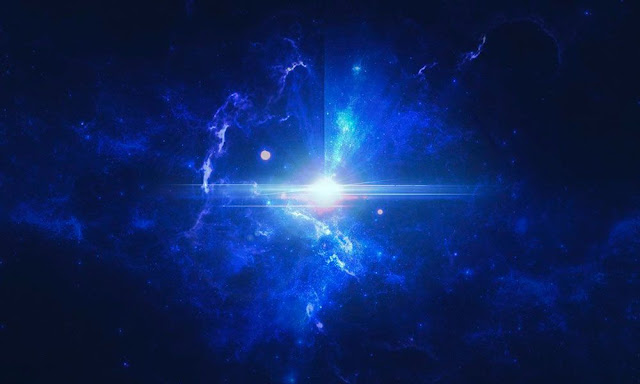Hubble Telescope Captures Collision of Two Galaxies
Hubble Telescope Captures Collision of Two Galaxies
Galaxies represent one of the many fascinating elements that make up the universe. Now, thanks to a recent image, we have been able to see them as we have rarely seen them before. The Hubble Space Telescope has captured a stunning cataclysmic cosmic collision between two interacting galaxies, named IC 1623 by scientists. These are located 275 million light-years away, specifically in the constellation Cetus or the Whale.
 |
The two galaxies are in one of the final stages of merger. Consequently, as the scientists specify, in the future they will eventually merge and trigger a burst of star formation. The end result will be a single compact galaxy. After capturing the image, the European Space Agency (ESA) has called this fascinating phenomenon a "clash of the titans".
Scientists first spotted this merger in 2008, thanks to the Hubble Telescope, which was able to observe a violent outflow of gas that, as it was, was considered likely to trigger strong stellar activity that would raise its brightness beyond ultraluminous levels. Hubble used the Wide Field Camera 3, which allows it to capture optical and infrared wavelengths. These captures were then processed to arrive at the stunning final image:
As specified, by the team working on the Hubble telescope: "Future observations of the galaxy pair with the NASA/ESA/CASA James Webb Space Telescope will shed more light on the processes that drive extreme star formation in environments like IC 1623." So possibly this is just one more of many times we may pick up this interesting phenomenon in the future.



Comments
Post a Comment